
Last August and September we´ve been visiting truffle growers on the west coast of the USA. We took the opportunity to give a lecture to the western Truffle Growers Association, where more than 30 met and talked about the latest truffle research and sexuality discoveries and their implications in the field. Thanks Karen & Jim to host the event in Santa Rosa!

Very few plantations have entered production on the West coast and sporadically. The most 4 kilos of truffles in Oregon. here a link of a news from last march March: http://www.sfchronicle.com/wine/article/Ground-breaking-truffle-find-is-start-of-11042400.php
I normally visit the area in winter or spring and it was great to be there during summer, and I got amazed how hot can be in some areas south of San Francisco, where temperatures reached 110ºF during the day (and it´s common to reach 100ºF). Under these conditions the black truffle will need more shade than normal, and also water, a scarce commodity in some counties, which are limited to 6000m3 per farm, regardless of its area. If we consider that there is no rain in summer, possibly the consumption of water in a mature plantation will exceed 2000m3 / hectare or 225.000 gallons/acre during the whole summer which may limit the existence of large plantations.
Although most of the plantations we´ve visited are in valleys like Napa, Sonoma, Paso Robles … there are areas in the mountains east of Los Angeles at altitudes of about 1500-2000m that exactly match the climate (rainfall distribution and temps.) in which fructifies the black truffle in Spain.
Most plantations analyzed this year in the area (15) had very high levels of black truffle in their roots, even after more than 10-12 years in the field, with few contaminants. In many of these plantations there are pines or oaks around, however, the liming of the soils could create an environment not conducive to the development of native competing fungi. In several we have detected mycorrhizae of Scleroderma, Pisolithus, Laccaria, etc.
We have not detected better levels of mycorrhization in one host than in another. The same for the levels of mycelium concentration of truffle in soil, measured with Real Time PCR, ranging from 0.03mg of mycelium / gram of soil to 7.8mg / g in the highest. All concentrations are usually detected in already productive trees in Europe. Most of the trees used in the area are hazel, some evergreen hazelnuts, Q. robur (left next image) and its variety “fastigiata” (right in the photo) is the second most used and few Q. ilex and Q. pubescens.

On this trip we took samples of two plantations of Tuber aestivum as well, made at high density, about 1000 trees / ha. They were planted with the aim of creating a closed canopy as soon as possible and giving the conditions in which the burgundy truffle fruits in the center or north of Europe. However, it is not clear to me that Tuber aestivum will fruit in the fall in these plantations in California, because it is not cold enough and possibly these truffles will mature and be harvested in summer, so getting truffles of inferior quality that the burgundy or “uncinatum” one. We’ll see soon when they go into production. I think that if western american growers want to get the autumn variety of Tuber aestivum, they will better plant in northern latitudes in Oregon, Washington state or BC in Canada.
Cheers,
Marcos S. Morcillo

























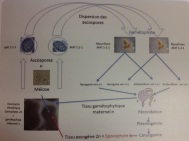
















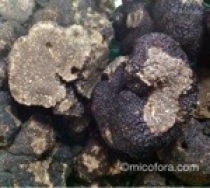








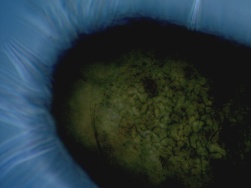












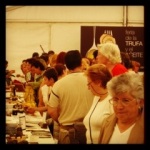



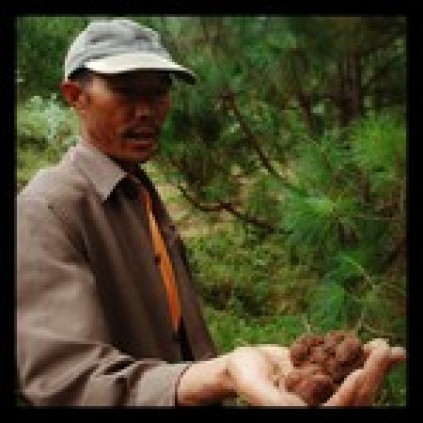


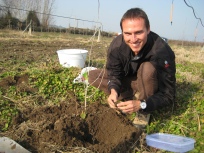






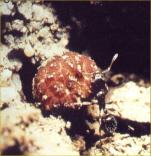


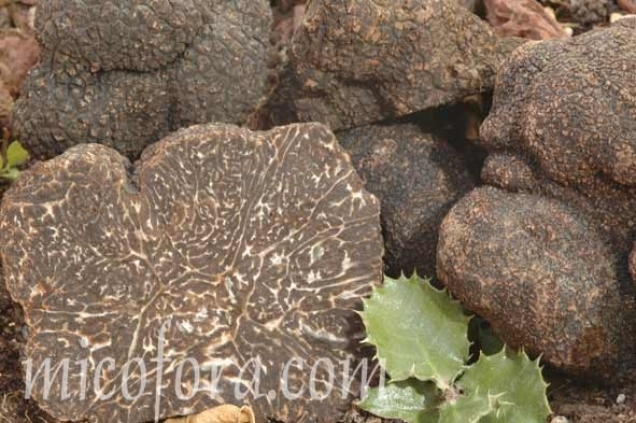
Hi Marcos, good to read about your trip. You should come down to NZ sometime soon!
I have to complain about one point, however. “Summer” fruiting aestivum is not “of inferior quality [to] the burgundy or “uncinatum” one”. The truffles I harvest in summer in New Zealand (Jan – March = July – September up north) are powerfully aromatic and full of flavour – the equal of (and perhaps better than) any “uncinatum” I’ve ever tasted.
I suspect the main reason why “summer” fruiting aestivum has this reputation is that it hasn’t been harvested properly – with a lot of unripe truffle being sold. My dog will find aestivum with some aroma/partially ripe from December to August, and I have to be very careful with grading to ensure I only send out good truffle. But I do find good truffles for six months of the year, though the best/most aromatic are definitely Feb-March.
In climates like mine – despite the fact that the aestivum I have came from Swedish inoculum, definitely “uncinatum” type! – truffles seem to form year round. If you look at my last instagram post, you’ll see spring truffles…
Cheers